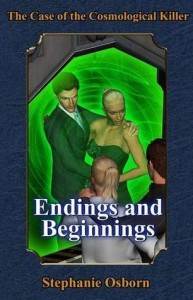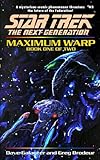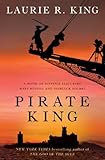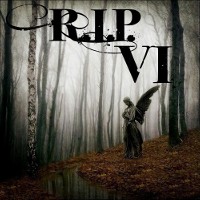About Book 1: The Case of the Displaced Detective: The Arrival, by Stephanie Osborn
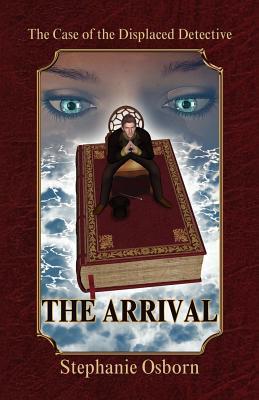
The Case of the Displaced Detective: The Arrival is a SF mystery in which hyperspatial physicist, Dr. Skye Chadwick, discovers there are alternate realities, often populated by those considered only literary characters. In one reality, a certain Victorian detective (who, in fact, exists in several continua) was to have died along with his arch-nemesis at the Reichenbach Falls. Knee-jerking, Skye intervenes, rescuing her hero, who flies through the wormhole connecting universes. Unable to go back, Holmes must stay in our world and learn to adapt to the 21st century.
Meanwhile, Schriever AFB Security discovers a spy ring digging out the details of – and possibly sabotaging – Project: Tesseract.
Can Chadwick help Holmes come up to speed in modern investigative techniques in time to stop the spies? Will Holmes be able to thrive in our modern world? Is Chadwick now Holmes’ new “Watson” – or more? And what happens next?
 >
>The next three books in the series are also available at Amazon:
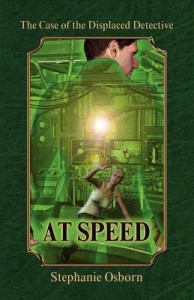
The Case of the Cosmological Killer: The Rendlesham Incident
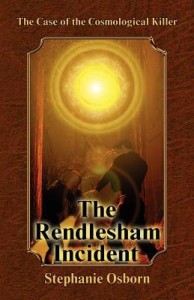
![]() About the Author: Stephanie Osborn
About the Author: Stephanie Osborn
Few can claim the varied background of Stephanie Osborn, the Interstellar Woman of Mystery.
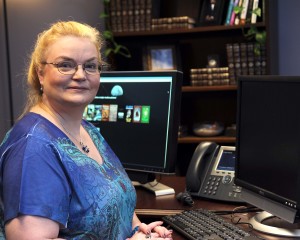
Veteran of more than 20 years in the civilian space program, as well as various military space defense programs, she worked on numerous space shuttle flights and the International Space Station, and counts the training of astronauts on her resumé. Her space experience also includes Spacelab and ISS operations, variable star astrophysics, Martian aeolian geophysics, radiation physics, and nuclear, biological, and
chemical weapons effects.
Stephanie holds graduate and undergraduate degrees in four sciences:
astronomy, physics, chemistry and mathematics, and she is “fluent” in several
more, including geology and anatomy.
In addition she possesses a license of ministry, has been a duly sworn, certified police officer, and is a National Weather Service certified storm spotter.
Her travels have taken her to the top of Pikes Peak, across the world’s highest suspension bridge, down gold mines, in the footsteps of dinosaurs, through groves of giant Sequoias, and even to the volcanoes of the Cascade Range in the Pacific Northwest, where she was present for several phreatic eruptions of Mount St. Helens.
Now retired from space work, Stephanie has trained her sights on writing. She has authored, co-authored, or contributed to more than 20 books, including the celebrated science-fiction mystery, Burnout: The mystery of Space Shuttle STS-281. She is the co-author of the “Cresperian Saga,” book series, and currently writes the critically acclaimed “Displaced Detective” series, described as “Sherlock Holmes meets The X-Files.” She recently released the paranormal/horror novella El Vengador, based on a true story, as an ebook.
In addition to her writing work, the Interstellar Woman of Mystery now happily “pays it forward,” teaching math and science through numerous media including radio, podcasting and public speaking, as well as working with SIGMA, the science-fiction think tank.
The Mystery continues.
Connect with Stephanie Osborn:
Website: http://www.sff.net/people/steph-osborn/
Twitter: @WriterStepth
![]()

